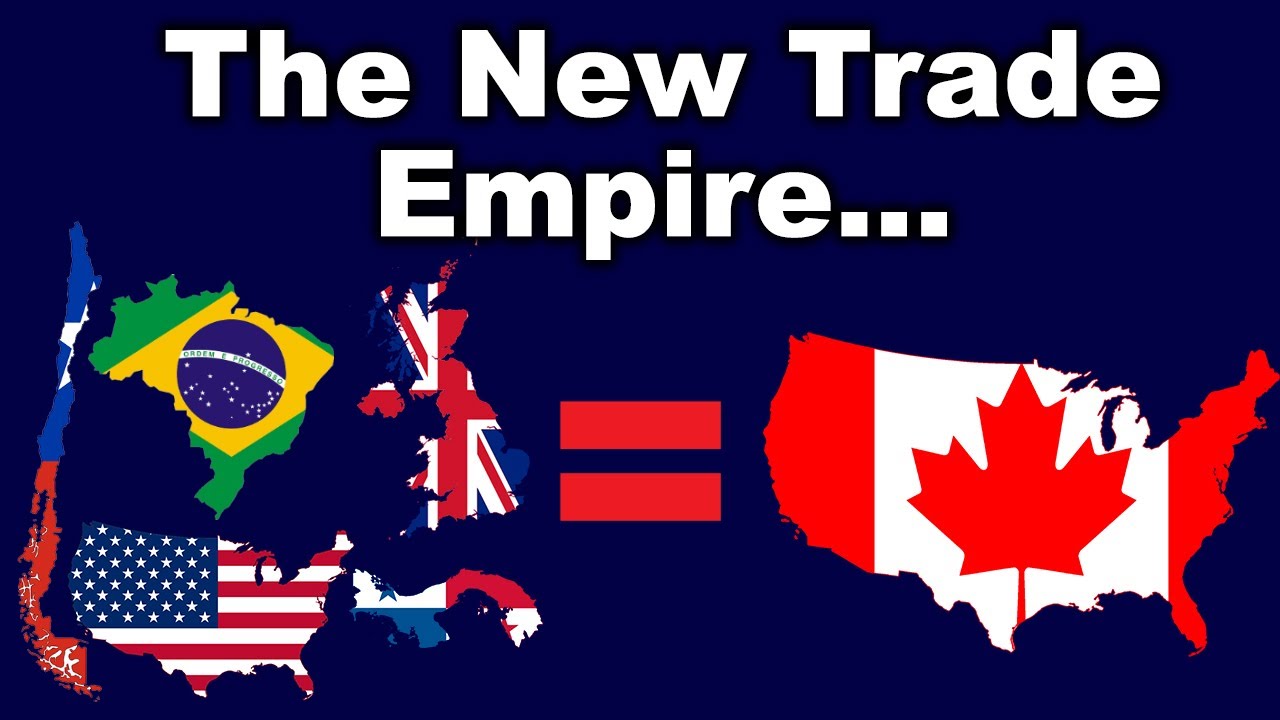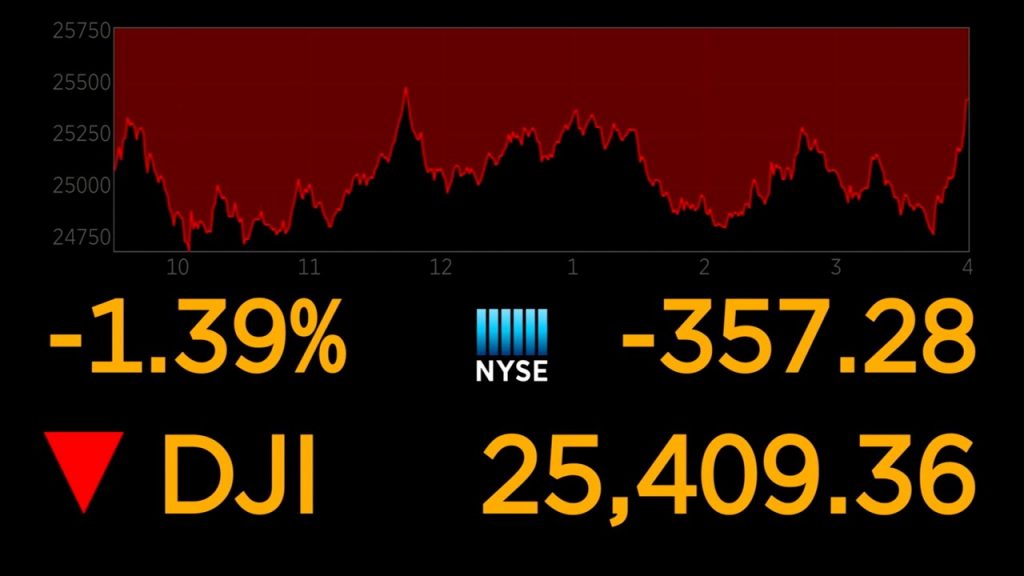Canada is Quietly Building The Trading Empire Of The World

We live in a world where globalization and trade have become one of the most vital aspects in determining the power of a country’s economy.
In fact, the process of getting goods from point A to point B might be one of the most important economic drivers in the world, yet no one talks about it. And somehow…quietly in the background, We might be seeing the creation of the most powerful trading economy in the world…but not for the reasons that you might think.
If you want to ship an item from a manufacturing hub like China, to a consumer hub in a Place like New York…how would you do it?
Well you could just send the package on a direct flight and it’ll get their in roughly 15 hours. But this is extremely costly. It actually costs anywhere from 5 to 15 times more to ship by air than to ship by the most common shipping method… by sea.
So, we are probably going to need to use a sea freighter. Now how would you deliver the package? Well you could drop the package off at long beach, and use a rail or truck to move the item to new york, but again, that is usually more costly.
Now we are in a predicament. In order to get an Item from China, all the way to new york, a ship would need cross the pacific ocean, travel all the way around the bottom of south america, make its way through the atlantic ocean, before reaching its destination after travelling 30,000 kilometres.
And this is a problem that was faced for hundreds of years. For example, when countries like Great Britain wanted to trade with the west coast of the united states or south america. Virtually all ships would’ve needed to travel around the bottom of south america in order to deliver their goods.
That was until the early 1900’s when the United States decided to buy up an 82 kilometre long plot of land in Panama. You see, the united states saw that this was the smallest amount of land that separated the Atlantic Ocean from the Pacific Ocean. So they thought this land could be used for both trade and military purposes. So, they purchased this plot for roughly $40 million dollars, or roughly $916 million dollars today.
They then created an artificial lake, and dug trenches from this new artificial lake(gatun lake) to both the pacific and atlantic oceans.
And finally on August 15th, 1914, the Panama Canal was opened. And the first american ship to ever travel directly from the atlantic ocean to the pacific ocean, without going around south america, had passed through the Canal. It was a cargo ship called SS Ancon, and was largely responsible for shipping cement from New York, to Panama in order to help build the Canal’s infrastructure.
And this opening of the Panama Canal would go on to change the world in many ways. For example, in 2019 nearly 1 million ships passed through this Canal, which indirectly resulted in trillions of dollars worth of commerce. The Canal also generated roughly 2.6 Billion dollars worth of fees for granting access of use of the Canal, so the Canal itself is a pretty decent money maker itself as well.
But this Canal also has limits, for example, no ships longer than 1200ft or wider than 168ft can actually pass through the Canal, as the waterway is simply not large enough to allow bigger ships through. So that is why today, you see most cargo ships being built with the exact dimensions needed to fit in the Panama Canal.
Another more unforeseen effect that this Canal had was that it wreaked havoc on some south American countries like Chile. This was because the ships that once had to stop at multiple port cities along the Chilean coast, all of a sudden stopped coming by. This was a large contributing factor to an economic collapse in Chile, which saw its state income and international trade cut in half within 2 years.
What were the three major trade deals that Canada signed in 2018, and how have they impacted Canadian businesses?
As globalization continues to reshape the world economy, Canada is quietly emerging as a major player in the international trading arena. With its vast natural resources, strategic location, and robust trade agreements, Canada is positioning itself as a key hub for global commerce.
Canada has long been a trading nation, with a history dating back to its fur-trading days. Today, the country is the world’s tenth-largest economy and has a reputation for producing high-quality goods and services. It is home to a diverse range of sectors, including mining, forestry, agriculture, and technology, all of which contribute to its growing prominence in the global trading arena.
Perhaps more importantly, Canada has been proactive in securing free trade agreements to expand its access to foreign markets. In 2018 alone, the country signed three major trade deals: the Comprehensive and Progressive Agreement for Trans-Pacific Partnership (CPTPP), the Canada-United States-Mexico Agreement (CUSMA), and the Comprehensive Economic and Trade Agreement (CETA) with the European Union.
These agreements have opened doors for Canadian businesses to sell their goods and services in some of the world’s largest and fastest-growing markets, including Japan, the United States, Mexico, and the European Union. The deals also provide Canadian companies with greater certainty and stability in their operations, as they can rely on predictable trade rules and market access.
Moreover, Canada’s location makes it an ideal transit point for goods moving between Asia and Europe, particularly as the Arctic ice melts and opens new shipping routes. Canada has invested in its ports and transportation infrastructure to ensure that it can accommodate increased trade volumes and handle larger ships.
Canada’s success in building its trading empire has not gone unnoticed by its global competitors. China, in particular, has expressed interest in deepening economic ties with Canada, as it sees the country as a reliable and stable partner in contrast to the United States, which is embroiled in trade tensions with China.
In conclusion, Canada is quietly building the trading empire of the world, thanks to its natural resources, strategic location, and strong trade agreements. The country’s successes are a model for other nations seeking to expand their economic footprints and capitalize on the opportunities of globalization.









Acting DNI refuses to turn over whistleblower complaint, raising concerns of a coverup
UK Prime Minister Boris Johnson out of ICU amid COVID-19 battle
Florida shatters national record for new coronavirus cases
New, more contagious coronavirus strain discovered by researchers
Boris Johnson admitted to U.K. hospital with ‘persistent’ COVID-19 symptoms